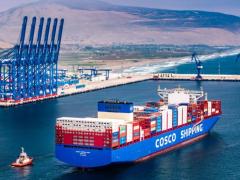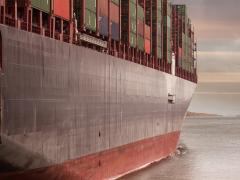If the Covid pandemic has taught us any lessons, one was the crucial importance of resilience – and the International Association of Ports and Harbours (IAPH) has acted decisively to help future-proof global port infrastructure against the possibility of future unknowns.
To this end, the organisation has just published its newly created risk and resilience guidelines for ports, and introduced a new risk inventory portal aimed at sharing best practices on risk mitigation and management for ports.
“The lessons learned during the Covid-19 pandemic and the identified need to improve and strengthen port resilience resulted in the IAPH establishing its Risk and Resilience Committee as a principal strategic area of interest alongside its committees for climate and energy and data collaboration,” said IAPH managing director Patrick Verhoeven.
Main author of the report, Niels Vanlaer, says risks always present themselves within a certain context. “We must be aware of the fact that ‘if you have seen one port, you have seen one port’. It is therefore crucial for ports to understand the environment in which they operate, and what the vulnerabilities within that environment are.
“If we want to make our ports more resilient, we must make sure that we are prepared for disruptions and disasters - both the ones we identified as risk, and the ones that come as a surprise. We must be ready to respond to those that we can respond to, and be sufficiently flexible to improvise our response to the ones we cannot prepare for. Finally, we must learn from our own incidents, but also be ready to share our incident history with other ports so that we can create mutual learning.”
To assist in this, IAPH has also established an online risk inventory portal which will act as a central hub for mutual learning from ports which have dealt with, or are proactively preparing for, specific events and incidents.













